
Canadair Ltd. was a civil and military aircraft manufacturer in Canada. In 1986, its assets were acquired by Bombardier Aerospace, the aviation division of Canadian transport conglomerate Bombardier Inc.
Aeritalia was an aerospace engineering corporation based in Italy. It was formed out of the merger of two aviation companies, Fiat Aviazione and Aerfer, in 1969.
AMX International Ltd was a joint venture company established to develop, manufacture and market the AMX ground attack aircraft.

The Partenavia P.68, now Vulcanair P68, is a light aircraft designed by Luigi Pascale and initially built by Italian company Partenavia. It made its first flight on 25 May 1970, its type certification was granted on 17 November 1971 and was transferred to Vulcanair in 1998. The original six-seat high-wing monoplane is powered by twin piston engines and is used for light transport and training. The P.68 Observer is an observation aircraft variant, and it was developed in a stretched, 10/11-seat twin turboprop derivative.
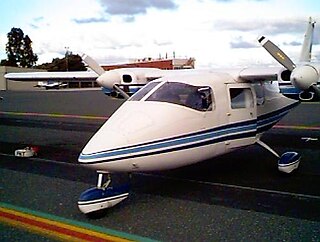
Vulcanair is an Italian aircraft manufacturer based in Casoria, near Naples.

The Partenavia P.64B/P.66B Oscar is an Italian two/four-seat, single-engined, high-wing monoplane built by Partenavia.
The Partenavia P.86 Mosquito was a two-seat civil trainer aircraft first flown in Italy on 27 April 1986. It was a high-wing monoplane of pod-and-boom construction with tricycle undercarriage and a twin tail, that accommodated the student and instructor side-by-side.
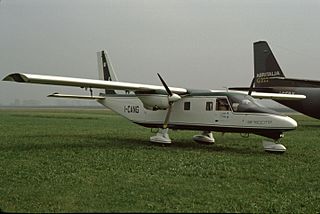
The Vulcanair SF.600 Canguro was a feederliner developed in Italy in the late 1970s. Despite a number of attempts to put the aircraft into series production, only a small number were ever built. The Canguro was a high-wing cantilever monoplane of conventional configuration with a fuselage of rectangular cross-section and a high-set tail. The tricycle undercarriage was not retractable, and its main units were carried on sponsons on the fuselage sides. SIAI Marchetti provided funding towards the construction of the prototype, and constructed this aircraft at the former Aviamilano plant. After flight testing proved positive, the type was put on sale, but failed to attract buyers in any number, even when the original piston engines were exchanged for turboprops and retractable undercarriage was offered as an option.
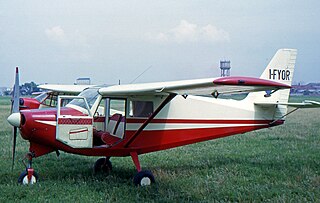
The Partenavia P.57 Fachiro is an Italian, four-seat, high-wing, touring monoplane, fitted with a fixed tricycle undercarriage.
The Partenavia P.48 Astore was a 1950s Italian light aircraft built by Luigi Pascale and his brother in Naples before establishing Partenavia.
The Partenavia P.70 Alpha was a 1970s Italian two-seat light aerobatic trainer designed by Luigi Pascale and built by Partenavia.

The Tecnam P2006T is an Italian high-winged twin-engined all-metal light aircraft, built by Costruzioni Aeronautiche Tecnam based in Capua, Italy, near Naples. The P2006T received airworthiness certification in the European Union by EASA under CS23 in 2003, type certification in 2009, and Federal Aviation Administration FAR Part 23 certification in 2010.
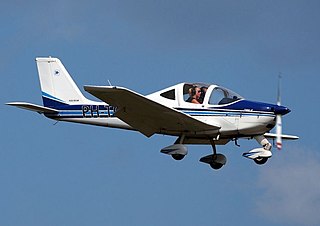
The Tecnam P2002 Sierra is a two-seat, low-wing, light aircraft designed and constructed by the Italian aircraft manufacturer Tecnam. Introduced during the early 2000s, the aircraft quickly became a staple of the company's product lineup, comprising 70 per cent of its available production capacity during some years.
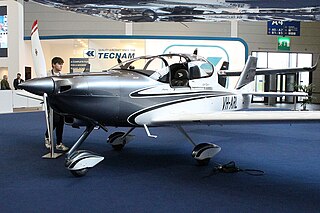
The Tecnam Astore is an Italian, low wing, two-seater, light-sport aircraft, under development by Tecnam of Naples. It was first flown in early June, 2013, and introduced at the AERO Friedrichshafen show in 2013. It is supplied complete and ready-to-fly.
Luigi Pascale was an Italian engineer designer of light aircraft. He was the founder of the aircraft manufacturers Partenavia and Tecnam, the latter a company he started with his brother Giovanni.

The Vulcanair V1.0 is an Italian light aircraft, designed and produced by Vulcanair of Casoria, introduced at the AERO Friedrichshafen show in 2014. The aircraft is type certified by the European Aviation Safety Agency and the US Federal Aviation Administration and is supplied complete and ready-to-fly.













